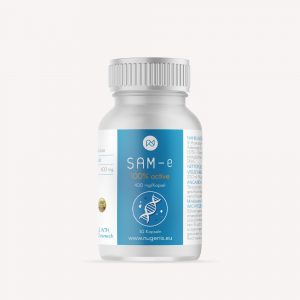
Beyond DNA: How Epigenetics Rewrites Life’s Story
For decades, biology was guided by a powerful metaphor: DNA as the “book of life.” The double helix seemed to contain every instruction for the formation of a living being. Yet as scientists began decoding the human genome, a surprising realization emerged—genes alone could not explain the complexity of life, behavior, or disease. The genome provides the letters, but life writes the story.
The Limits of Genetic Determinism
Early genetic models assumed a one-to-one relationship between genes and traits. But the Human Genome Project shattered that illusion: humans possess only about 20,000 protein-coding genes—barely more than a roundworm. If DNA were destiny, we would expect a far simpler creature. The missing information lies not in the sequence itself but in how it is read. Identical twins, born with the same DNA, can differ profoundly in health, personality, and lifespan. Their divergence arises from molecular marks that regulate gene expression without altering the code.
The Discovery of Epigenetic Control
Epigenetics—literally “above genetics”—refers to mechanisms that determine which genes are switched on or off in different cells and at different times. DNA methylation adds chemical groups to cytosine bases, silencing genes when necessary. Histone modification alters the packaging of DNA, making chromatin more or less accessible. Non-coding RNAs fine-tune transcription, creating layers of regulation that respond to environment, stress, and experience. Through these processes, the genome becomes a dynamic, adaptive interface between biology and biography.
Nature, Nurture, and Molecular Memory
The classic debate between nature and nurture dissolves under the epigenetic lens. Experience—nutrition, touch, stress, learning—can imprint molecular memories on DNA, shaping how genes behave. Michael Meaney and Moshe Szyf’s groundbreaking work on maternal care in rats (Meaney & Szyf, 2005) showed that pups receiving more licking and grooming developed lower stress responses for life. The explanation lay in DNA methylation changes at the glucocorticoid receptor gene (NR3C1) in the hippocampus. Care literally rewrote the genome’s punctuation marks. This finding redefined inheritance: genes transmit potential, but experience decides which potentials unfold.
Epigenetics and the Architecture of Difference
Epigenetic mechanisms orchestrate the diversity of tissues and functions in the body. Every cell in the human organism shares the same genome, yet neurons, hepatocytes, and immune cells express entirely different gene sets. Epigenetic marks act as architectural instructions, sculpting differentiation during embryonic development and maintaining cellular identity throughout life. When these marks become disturbed—by toxins, chronic stress, or aging—disease can follow: cancer, neurodegeneration, and metabolic syndromes all trace back to epigenetic instability.
The Dynamic Genome
Rather than a static blueprint, the genome is a responsive landscape. Its expression shifts with seasons, diet, relationships, and emotions. Even thought and imagination can influence neural gene expression through activity-dependent plasticity. Life is thus a continuous negotiation between code and context. The genome is the script; the epigenome is the performance—revised nightly by experience, environment, and choice.
Closing Reflection
DNA is essential, but it is not enough. Life’s meaning arises from interpretation—the interplay of molecules with memory, chemistry with consciousness. Epigenetics reminds us that biology is not fate but conversation, written anew in every cell, every day.
Eduard Rappold
Note: This information is provided for educational purposes only and does not replace professional medical advice. Always consult qualified healthcare professionals for medical concerns.
Copyright © Eduard Rappold 2025
http://nugenis.eu/shop
NUGENIS specializes in epigenetically active nutritional supplements.

